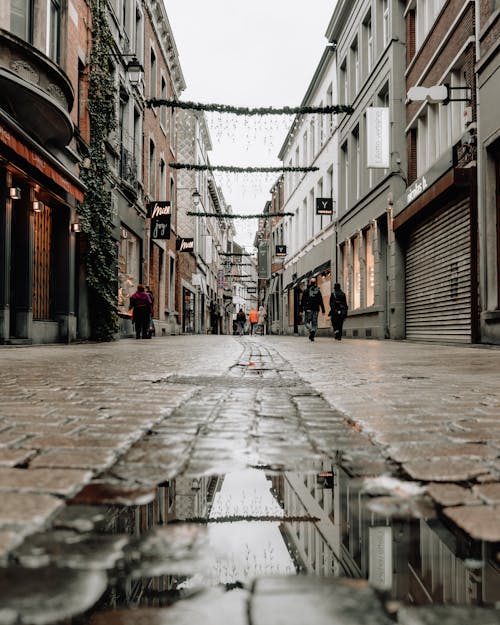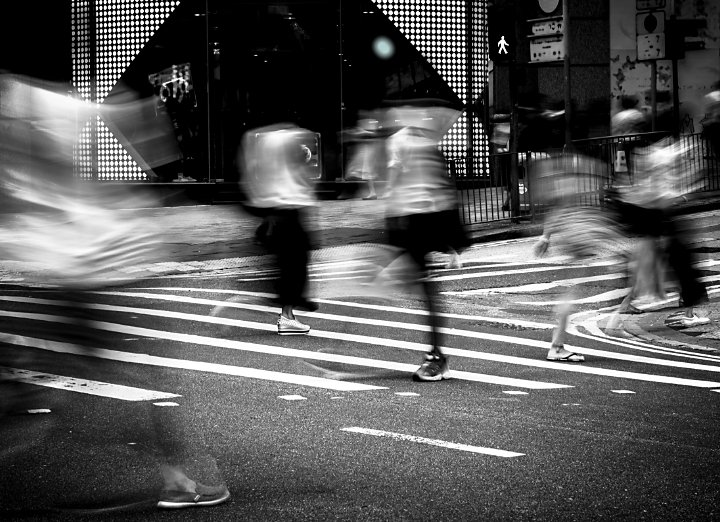Some Ideas on Framing Streets You Should Know
Table of ContentsThe 9-Second Trick For Framing StreetsThe Facts About Framing Streets UncoveredGetting The Framing Streets To WorkHow Framing Streets can Save You Time, Stress, and Money.The Main Principles Of Framing Streets The Buzz on Framing Streets
, generally with the goal of catching pictures at a definitive or emotional moment by cautious framework and timing. https://fl-miami.cataloxy.us/firms/framingstreets.com.htm.
An Unbiased View of Framing Streets
Susan Sontag, 1977 Road digital photography can concentrate on individuals and their actions in public. In this regard, the road photographer is comparable to social documentary professional photographers or photographers that likewise operate in public places, yet with the aim of capturing relevant events. Any of these professional photographers' images may catch individuals and residential property noticeable within or from public places, which usually involves navigating honest problems and laws of personal privacy, security, and home.
Representations of day-to-day public life create a category in practically every duration of world art, beginning in the pre-historic, Sumerian, Egyptian and very early Buddhist art periods. Art dealing with the life of the street, whether within views of cityscapes, or as the leading theme, appears in the West in the canon of the Northern Renaissance, Baroque, Rococo, of Romanticism, Realism, Impressionism and Post-Impressionism.
The 5-Minute Rule for Framing Streets
Louis Daguerre: "Blvd du Temple" (1838 or 1839) In 1838 or 1839 the initial photo of figures in the street was taped by Louis-Jacques-Mand Daguerre in one of a set of daguerreotype views extracted from his studio window of the Blvd du Temple in Paris. The second, made at the height of the day, reveals an unpopulated stretch of street, while the various other was taken at about 8:00 am, and as Beaumont Newhall reports, "The Boulevard, so constantly full of a moving throng of pedestrians and carriages was flawlessly solitary, other than an individual who was having his boots brushed.
, who was motivated to take on a similar documentation of New York City. As the city developed, Atget helped to advertise Parisian streets as a worthy topic for digital photography.

What Does Framing Streets Mean?
Martin is the initial taped photographer to do so in London with a disguised cam. Mass-Observation was a social research organisation started in 1937 which intended to tape daily life in Britain and to tape the reactions of the 'man-in-the-street' to King Edward VIII's abdication in 1936 to marry separation Wallis Simpson, and the succession of George VI. Between 1946 and 1957 Le Groupe des XV yearly exhibited job of this kind. Andre Kertesz. Circus, Budapest, 19 May 1920 Street photography formed the major material of two events at the Gallery of Modern Art (Mo, MA) in New york city curated by Edward Steichen, 5 French Photographers: Brassai; Cartier-Bresson, Doisneau, Ronis, Izis in 1951 to 1952, and Post-war European Photography in 1953, which exported the principle of street photography globally.

Some Known Questions About Framing Streets.
, then an instructor of young children, linked with Evans in 193839.'s 1958 book,, was considerable; raw and often out of emphasis, Frank's images examined mainstream digital photography of the time, "challenged all the formal regulations laid down by Henri Cartier-Bresson and Pedestrian Evans" and "flew in the face of the wholesome pictorialism and genuine photojournalism of American magazines like LIFE and Time".